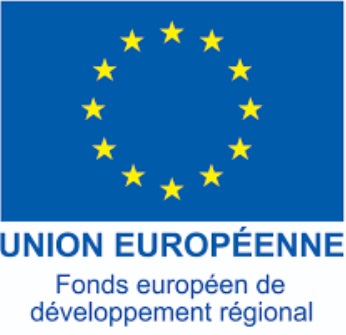At the very moment when the future of Europe is being cast into doubt by the nationalist policies of certain countries and certain political parties, it is good to recall some truths.
While some leaders may display positions that are not very supportive, it remains that when it comes time to pay up…
The most striking case is that of the leader of the national-populists, Orban, whose country is a major beneficiary of European policy: receiving 5 million euros per year in aid against a contribution of 0.9 million euros. For a country of 10 million inhabitants, where average salaries are 400 euros per month and which has more than 500,000 emigrants… isn’t it a godsend?
But let’s look at the comparative figures: European funds per inhabitant: France 403 euros, Germany 378 on one side, Hungary 2551, Poland 2266 on the other.
In terms of volume, Poland is the country that receives the most European funds within the framework of cohesion policy: 86.1 billion euros for the 2014-2020 period. This country is far ahead of Italy (44.7 billion euros), Spain (39.8 billion euros), and Romania (30.9 billion euros).
The need to build and then develop a European regional policy has gradually become apparent to the member states. In the early days of European construction, it was almost non-existent, even though the founding countries committed, in the preamble to the Treaty of Rome in 1957, “to strengthen the unity of their economies and to ensure harmonious development by reducing the gap between different regions and the lagging behind of the less favored.”
On the legislative front, the budget and the use of structural funds are decided by the member states and the European Parliament, following a proposal from the European Commission.
For the 2014-2020 period, cohesion policy is organized around three major axes: supporting growth and employment, combating climate change and energy dependence, and fighting social exclusion. In other words, for these seven years, the European Union seeks to “promote smart, sustainable, and inclusive growth.”


